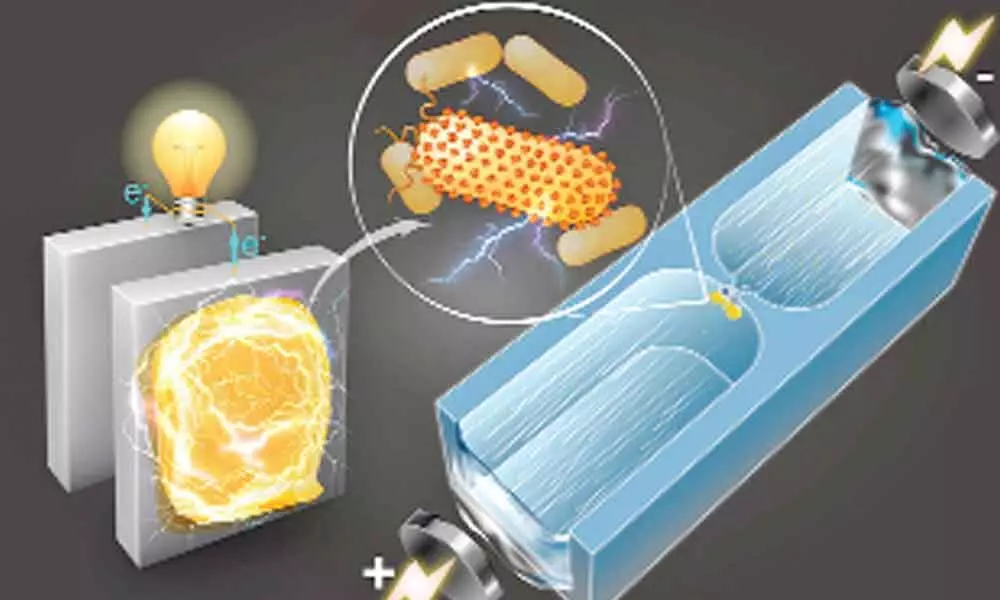Live
- HMPV outbreak: No need to panic at this stage, say Maharashtra ministers
- Two associates of foreign-based gangster Prabhdeep held in Punjab
- Formula 1: Magnussen reflects on missed Ferrari and Red Bull chances
- Average affluent Indian managing over 434 peer-to-peer banking transactions annually
- Best Way to Eat Dry Fruits in Winter: Soaking vs. Roasting
- SC relief: Asaram Bapu gets interim bail on medical grounds, but will remain in jail
- Aloe Vera Juice: Unlocking Its Surprising Health Benefits
- Mandhana, Sutherland, Mlaba nominated for Women's Player of December
- Yunus government in Bangladesh set to acquit terrorist desperately wanted by US
- Drug trafficking cartel busted in Punjab, woman among four held









